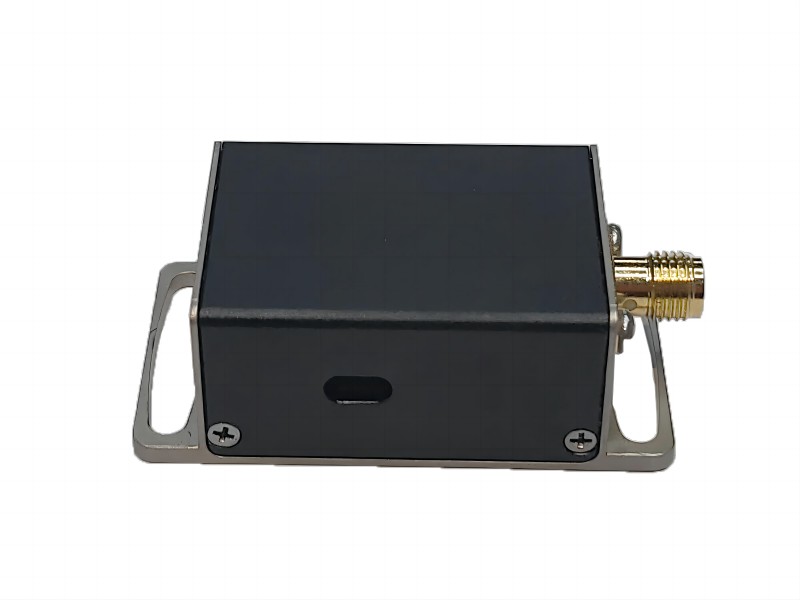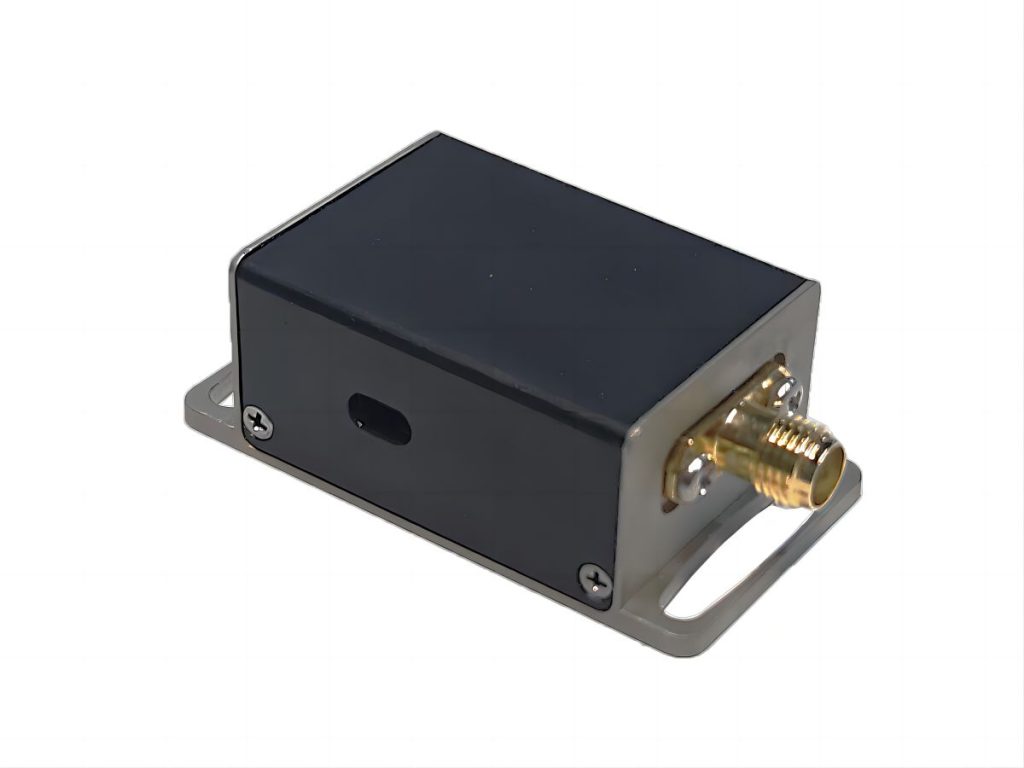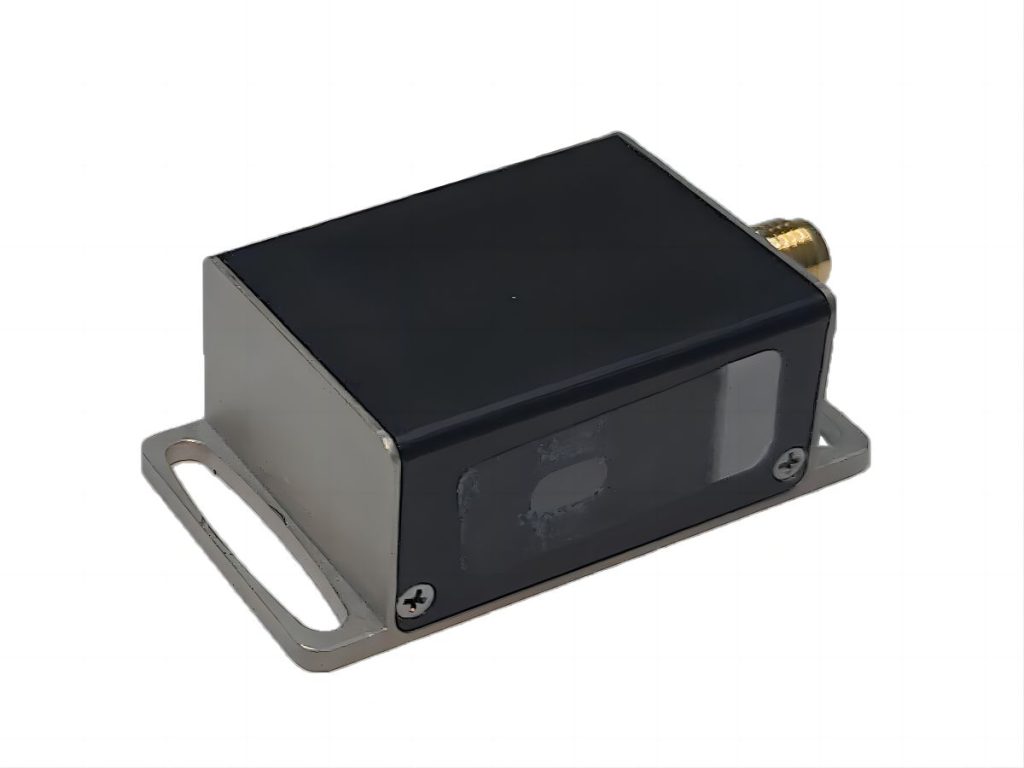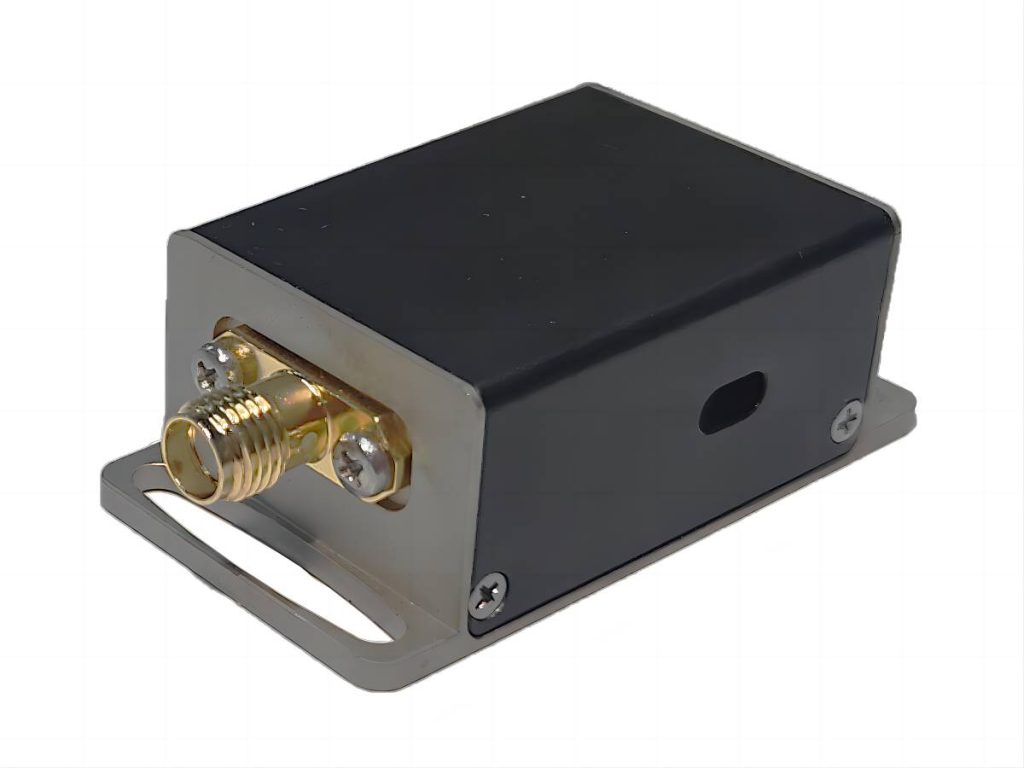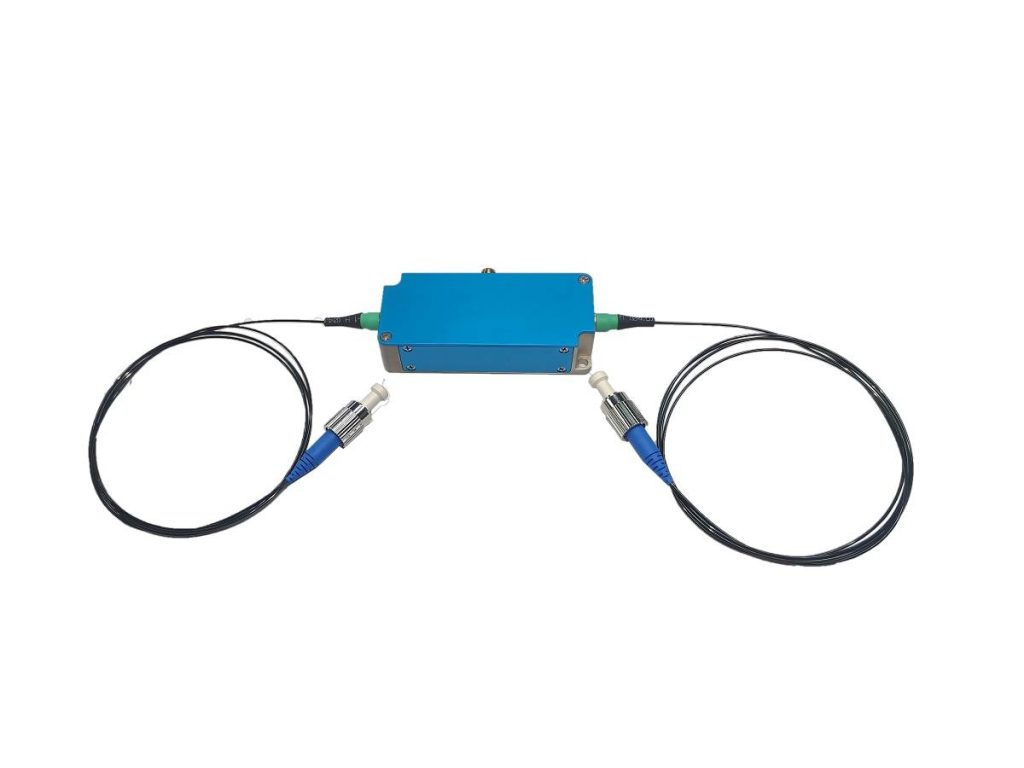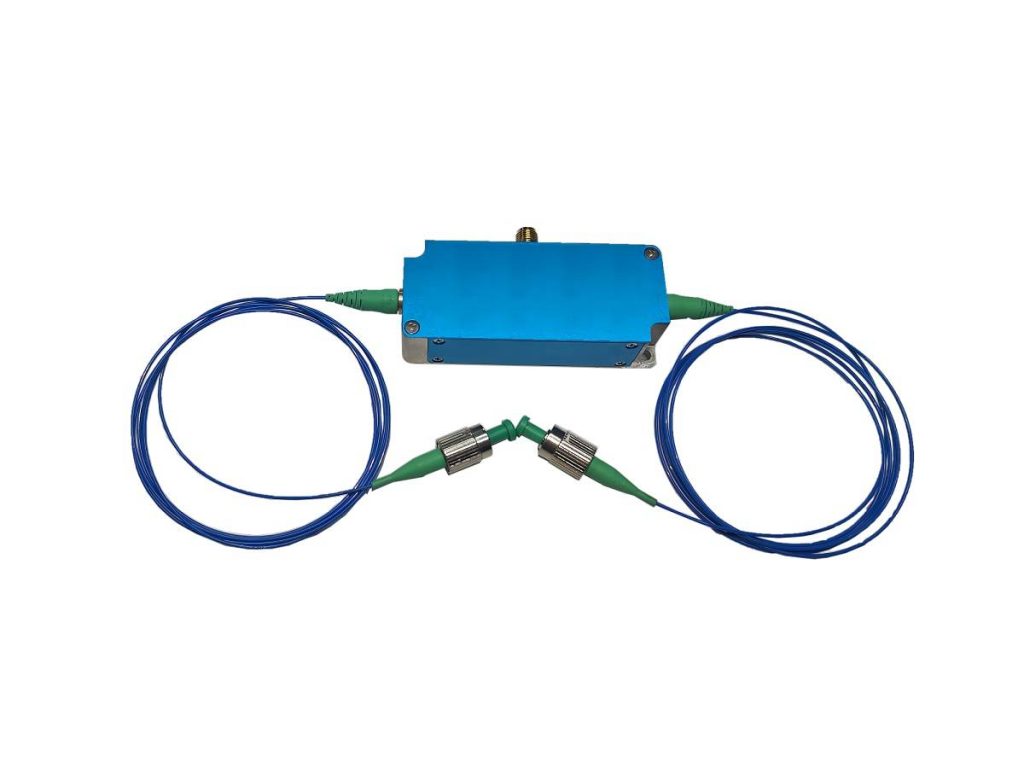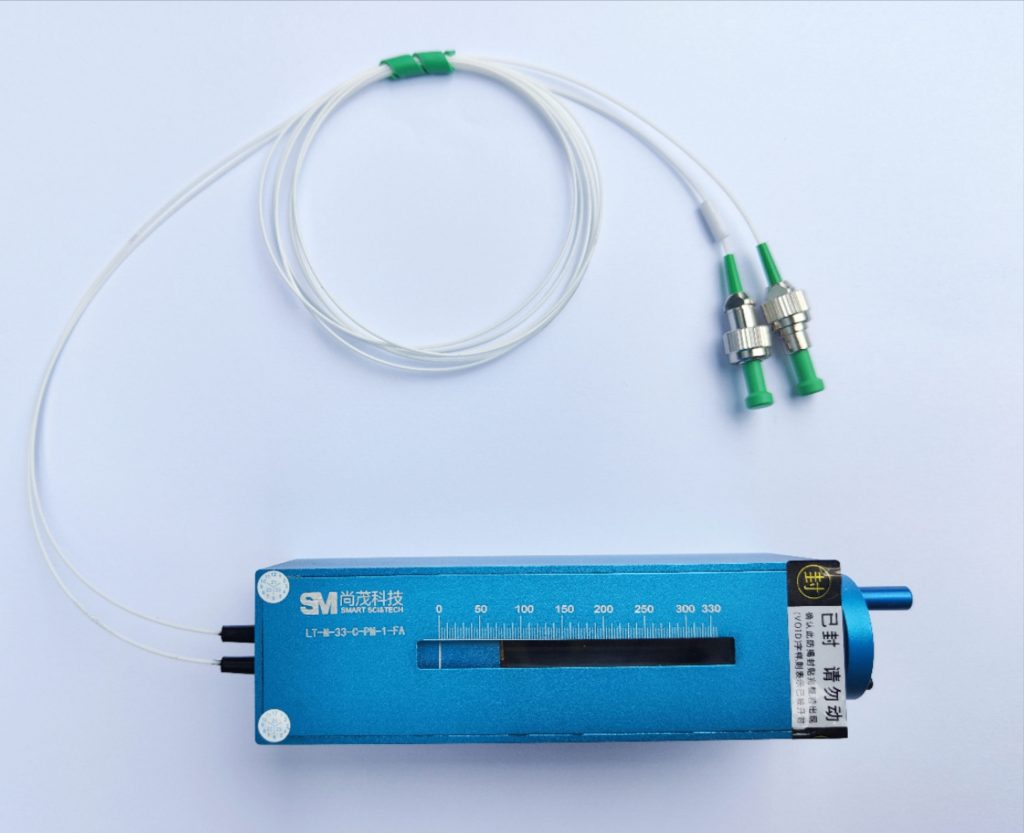Manual Adjustable Fiber Delay Line: When to Choose It Over Electric?
From the intricate synchronization of high-speed telecommunication networks to the precise measurements in advanced scientific research, fiber optic delay lines play a crucial role in manipulating light signals with unparalleled accuracy. These devices, essentially spools of optical fiber, allow us to create precise time delays in optical signals, a fundamental requirement in a wide range of applications. While both manual and electric optical fiber delay lines achieve this goal, they differ significantly in their operation and suitability for specific tasks.
This article will delve into the nuances of these two technologies, exploring the specific scenarios where a manual adjustable fiber delay line is the preferred choice over its electrically controlled counterpart. We’ll examine key factors such as cost-effectiveness, precision, speed of adjustment, signal stability, and the specific demands of various applications to help you make the right decision for your needs.
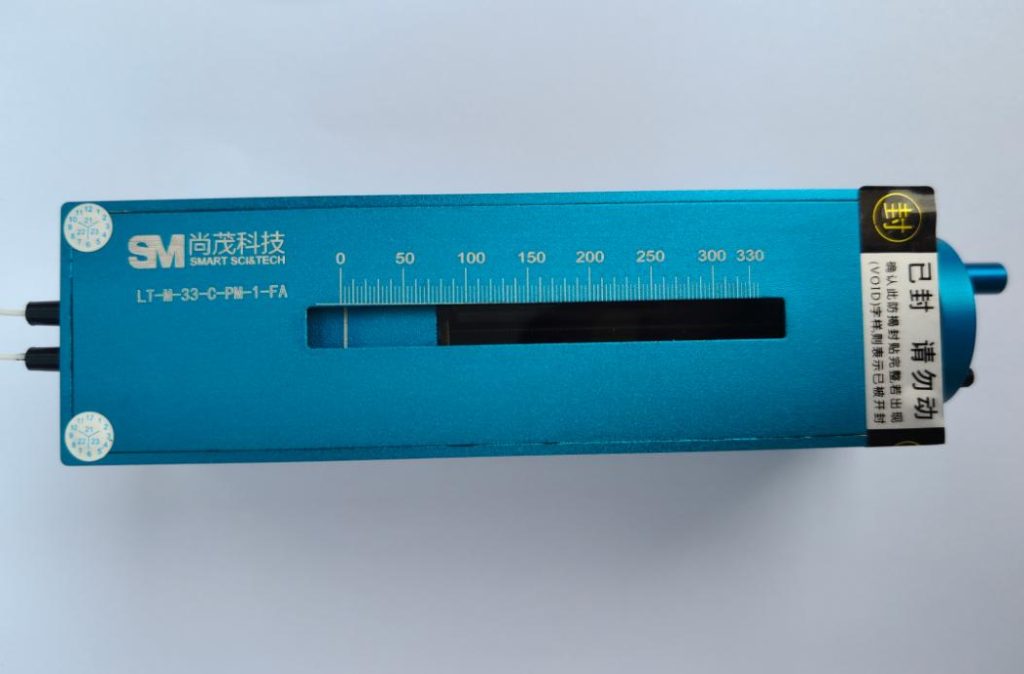
Pros & Cons of Manual Adjustable Fiber Delay Lines
Advantages of Manual Adjustable Fiber Delay Lines
- Cost-Effectiveness: One of the most significant advantages of manual delay lines is their lower initial investment. Compared to their electric counterparts, they are generally much more affordable, making them a budget-friendly option for many applications.
- High Precision and Stability: Manual delay lines are inherently stable due to their passive nature. They are less susceptible to electronic noise and drift, providing a stable and reliable time delay. This stability is crucial in applications where signal integrity is paramount.
- Simpler Design and Operation: The design and operation of manual delay lines are relatively simple. This simplicity translates to ease of use and maintenance. Users can typically adjust the delay using a dial or screw mechanism, without the need for complex control systems.
Disadvantages of Manual Adjustable Fiber Delay Lines
- Slower Adjustment Speeds: The primary disadvantage of manual delay lines is their slow adjustment speed. Since the delay is adjusted manually, it requires physical manipulation of the device. This makes them unsuitable for applications requiring rapid or dynamic changes in delay.
- Less Convenient for Remote Control or Automated Systems: Manual delay lines are not easily integrated into remote control or automated systems. Their manual nature makes them unsuitable for applications where the delay needs to be controlled remotely or adjusted automatically.
- Potentially Less Precise for Very Fine Adjustments: While generally precise, manual adjustments can sometimes be less precise for extremely fine delay variations. The accuracy of the adjustment depends on the mechanical mechanism used in the delay line. For applications demanding extremely precise and granular control, electric delay lines might be a better choice.
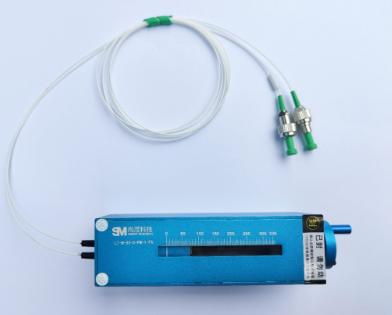
Pros & Cons of Electric Optical Fiber Delay Lines
Advantages of Electric Optical Fiber Delay Lines
- Fast Adjustment Speeds: Electric delay lines offer significantly faster adjustment speeds compared to manual delay lines. They can be controlled electronically, allowing for rapid and dynamic changes in delay, crucial for applications requiring real-time adjustments.
- Suitable for Remote Control and Automated Systems: The electronic control interface of these devices makes them ideal for integration into remote control systems and automated setups. This allows for automated delay adjustments and integration with other instruments.
- Potential for Very Fine and Precise Adjustments: Electric delay lines offer the potential for very fine and precise delay adjustments. The electronic control allows for granular control over the delay, making them suitable for applications demanding high accuracy.
Disadvantages of Electric Optical Fiber Delay Lines
- Higher Cost Compared to Manual Delay Lines: Electric delay lines are generally more expensive than manual delay lines due to their more complex design and the inclusion of electronic components. This higher cost can be a significant factor in budget-conscious applications.
- Potentially Lower Stability (Susceptible to Electronic Noise and Drift): Because they rely on electronic components, electric delay lines can be more susceptible to noise and drift. Variations in temperature or voltage can affect the delay, potentially compromising signal stability in certain applications.
- More Complex Design and Operation: The design and operation of electric delay lines are more complex than manual delay lines. They often require specialized control electronics and software, which can increase the complexity of the overall system. This complexity can also make troubleshooting and maintenance more challenging.
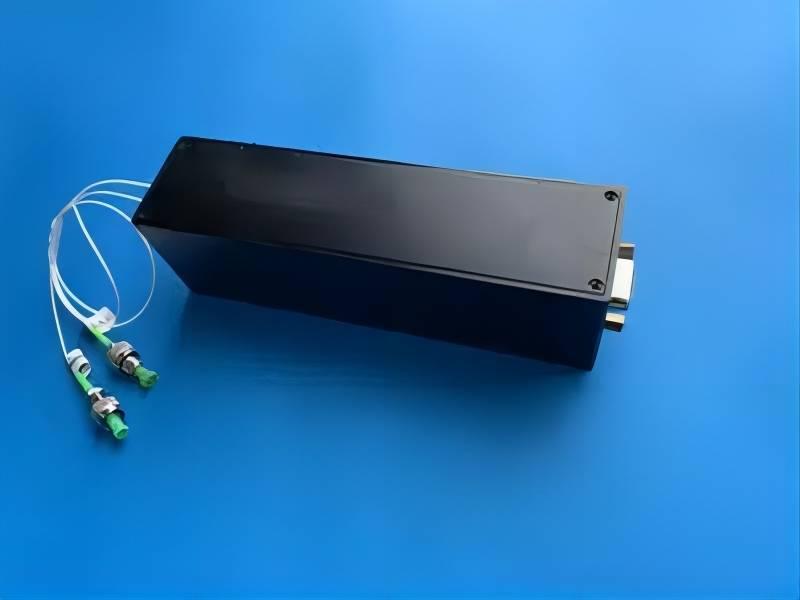
When to Choose a Manual Adjustable Fiber Delay Line
Manual adjustable fiber delay lines, despite their limitations in speed and automation, remain a valuable tool in specific scenarios. Their cost-effectiveness, inherent stability, and simplicity make them the preferred choice in the following situations:
- Cost-Sensitivity: When budget is a primary concern, manual delay lines are often the best option. Their lower initial cost makes them accessible for projects with limited funding, such as academic research or small-scale experiments. If the performance requirements are met by a manual device, the significant cost savings can outweigh the disadvantages of slower adjustments.
- High Stability Requirements: In applications where signal stability is paramount, manual delay lines shine. Their passive nature makes them less susceptible to electronic noise and drift, providing a rock-solid and reliable time delay. This stability is crucial in applications like certain types of interferometry, where even minute variations in delay can affect the results. For example, in a Michelson interferometer used for precise length measurements, a stable manual delay line ensures consistent and accurate readings.
- Static or Infrequent Adjustments: If the required delay is relatively fixed or only needs occasional adjustments, manual delay lines are perfectly suitable. For instance, in a test setup where a fixed delay is needed to simulate a specific fiber length, a manual delay line can be set once and then left undisturbed. Similarly, in applications where adjustments are infrequent, the convenience of electric control is less critical, and the simplicity of a manual device becomes advantageous. A good example is calibrating a sensor where the delay only needs to be adjusted during the initial setup.
- Simple Setup and Operation: For applications where ease of use and a less complex setup are desirable, manual delay lines are often preferred. Their straightforward design makes them easy to integrate into existing systems, and their simple operation requires minimal training. This is particularly beneficial in educational settings or in situations where technical expertise is limited.
Specific Applications: Manual delay lines are commonly used in several specific applications:
- Basic Research Setups: In fundamental research, where budget constraints often exist and the focus is on understanding basic principles, manual delay lines are a cost-effective way to introduce controlled delays into optical setups.
- Educational Demonstrations: The simplicity and ease of use of manual delay lines make them ideal for educational demonstrations, allowing students to learn about the principles of optical delay without the complexities of electronic control systems.
- Cost-Sensitive Implementations: In situations where cost is a major driver, and the performance requirements are not overly demanding, manual delay lines offer a practical and affordable solution. For example, in some types of optical sensing where the delay is relatively static, a manual delay line might be sufficient and far less expensive than an electric counterpart.
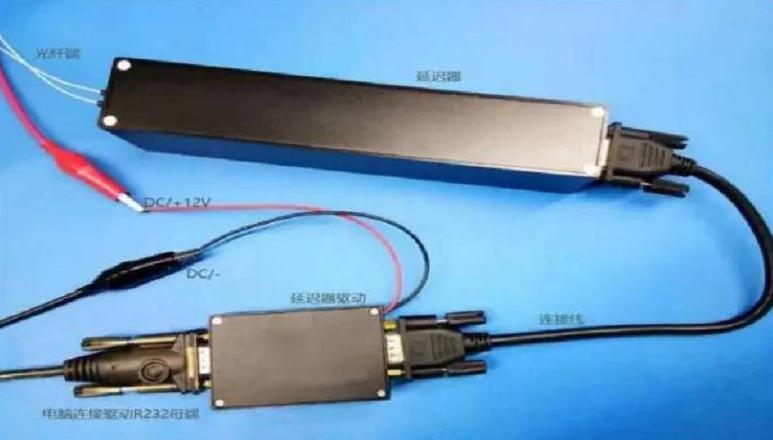
Summary
The choice between a manual adjustable fiber delay line and its electric counterpart hinges on careful consideration of application-specific needs and priorities. While electric delay lines offer the speed and automation necessary for dynamic applications and remote control, manual adjustable fiber delay lines maintain a crucial role.
Their inherent stability, cost-effectiveness, and simplicity make them ideal for scenarios where budget is a primary concern, signal stability is paramount, adjustments are infrequent, or ease of setup is desired. From basic research setups and educational demonstrations to cost-sensitive implementations, manual delay lines provide a reliable and practical solution.
If you still have any questions about choosing between a manual adjustable fiber delay line or an electric optical fiber delay line, please contact the fiber delay line expert Smart Sci& Tech in time.

